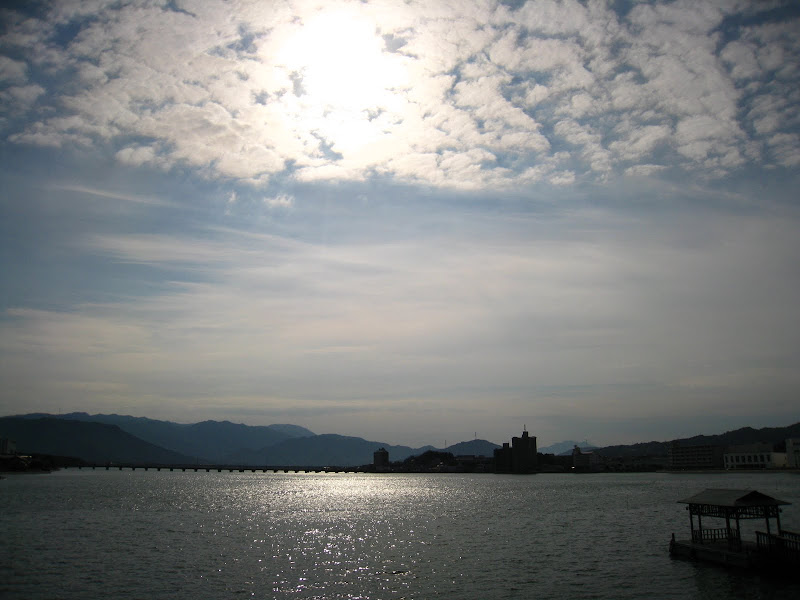
Buddhist images are enshrined in two holes of the left.
There is a small Shinto shrine in the right side.
There is a Torii in the Shinto shrine definitely.
When it is made of wood, they are painted red. In the large-scale Shinto shrine, they are made by a stone.
Until 1868, the Shinto shrine was same place with the temple. This is the remains.
When it changed in the Meiji era from the Edo era, it was divided forcibly. In the those days, a lot of precious temples and Buddhist images were destroyed. And many priests were sent back to common people.
The all temples which we can look at now are them which were left miraculously.

It is a very simple Buddhist image.
I introduced the Buddhist image of Kofuku-ji Temple before.
Besides, Kyoto Sanjusangen-do Temple is fascinating.

Some Jizo image are placed in the right-side end.
If neither the temple nor the human being overcomes various distress, they cannot survive.
On the other hand, the Nature continues living leisurely.























.jpg)
.jpg)
.jpg)










